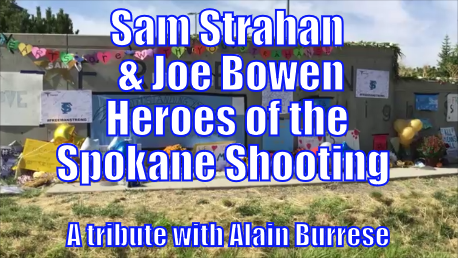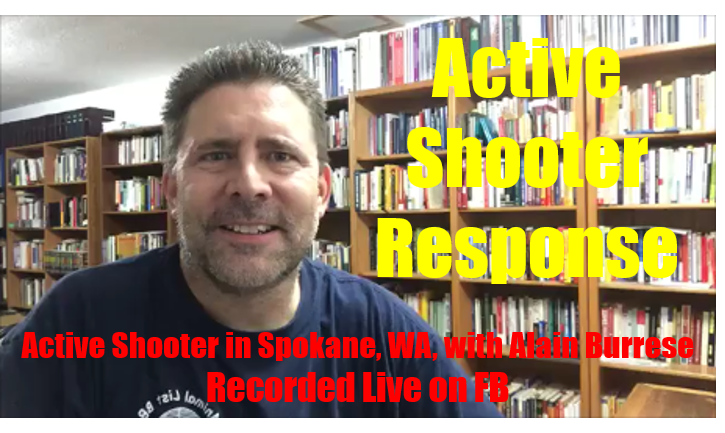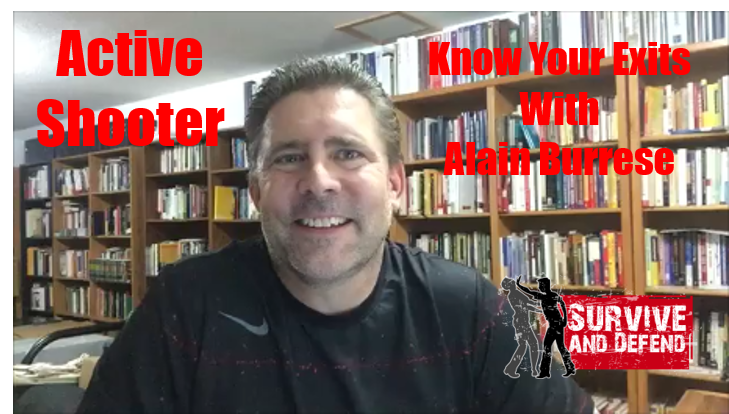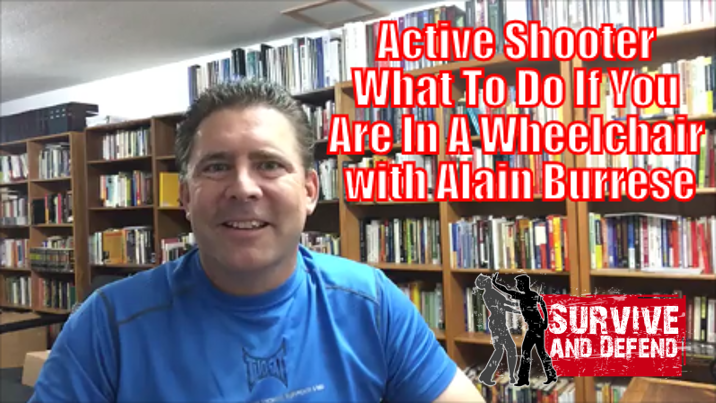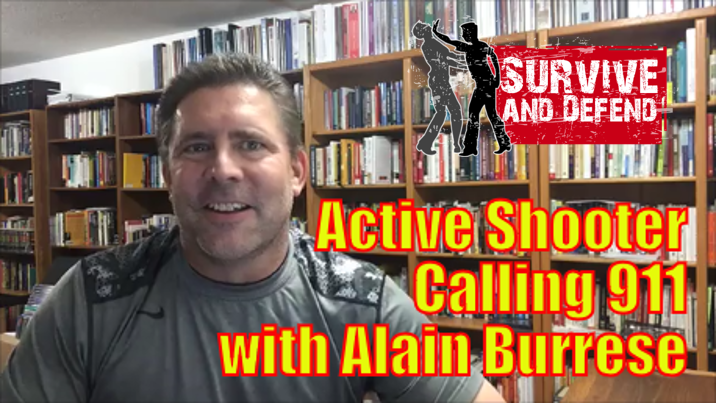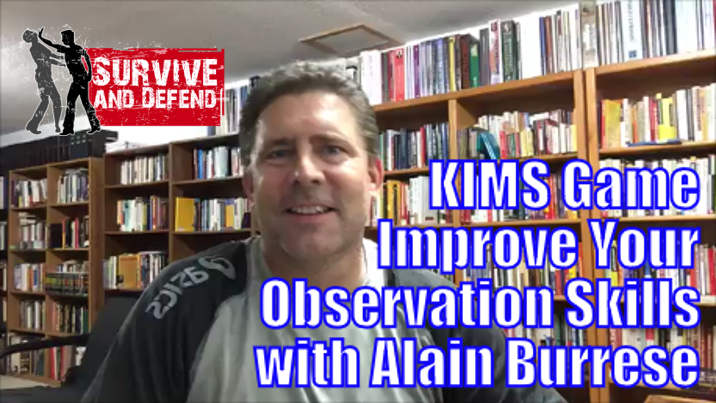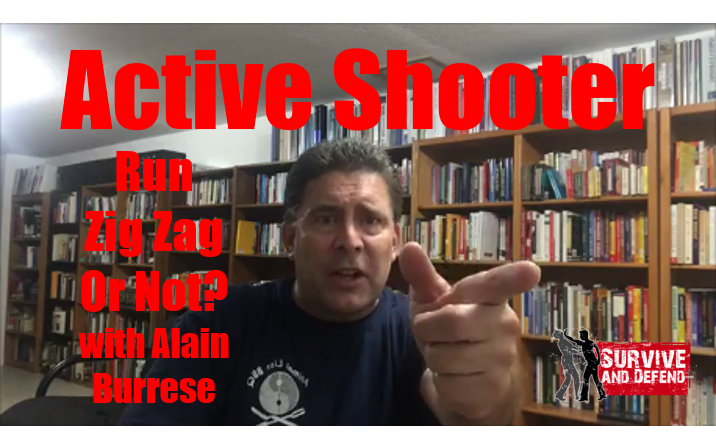 Angela McQueen, a teacher, took down a gunman inside Mattoon High School, an Illinois high school, after he opened fire in the school’s cafeteria on Wednesday, September 20, 2017, at about 11:30 a.m. Police say Angela McQueen’s quick response saved lives. A 16-year-old student was shot and later released from the hospital, and the suspect, who the police said was a student, is in custody. The shooter, whose identity was being withheld since he is a minor, acted alone.
Angela McQueen, a teacher, took down a gunman inside Mattoon High School, an Illinois high school, after he opened fire in the school’s cafeteria on Wednesday, September 20, 2017, at about 11:30 a.m. Police say Angela McQueen’s quick response saved lives. A 16-year-old student was shot and later released from the hospital, and the suspect, who the police said was a student, is in custody. The shooter, whose identity was being withheld since he is a minor, acted alone.
According to a CBS This Morning report, investigators are working through about 200 interviews to figure out the gunman’s motive and how he obtained his weapon, but police are already pointing to the incident as an example of the value of preparing teachers to respond to active shooters.
According to witnesses, veteran math and P.E. teacher Angela McQueen grabbed the shooter’s arm and subdued him after he opened fire in Mattoon High School’s cafeteria.
CBS also reported: McQueen and hundreds of students were in the school cafeteria Wednesday when the student began firing.
One boy was struck in the hand and chest. He’s now in good condition and his mother posted on Facebook that her family was, “very blessed it’s not worse.” She described McQueen lunging for the shooter’s arm, forcing it upward.
“He fired 5-6 more rounds into the ceiling as she took him down,” she wrote.
“When she saw the situation and, you know, ‘Okay, this kid’s going to kill somebody if I don’t do something,’ she just took action,'” said Angela’s mother, Barbara McQueen.
This is just one more example illustrating that people don’t have to be victims! Ordinary citizens, unarmed, have and will continue to stop these violent acts. No, facing a gunman unarmed is not an ideal situation, but nothing about an active shooter is ideal. It’s scary. Terrifying. And something I wish would never happen again. But you can do something to prepare. It’s reported that Mattoon Hish School employees had gone through some active shooter response training. Angela McQueen did what she learned and stopped the shooter. Another hero from the education system.
Book Training For Your Business, School, or Organization Today!





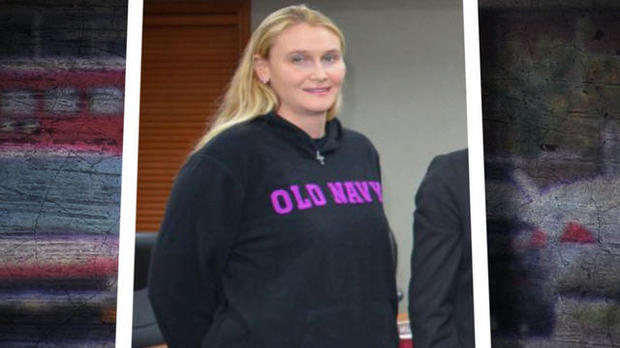
 Angela McQueen, a teacher, took down a gunman inside Mattoon High School, an Illinois high school, after he opened fire in the school’s cafeteria on Wednesday, September 20, 2017, at about 11:30 a.m. Police say Angela McQueen’s quick response saved lives. A 16-year-old student was shot and later released from the hospital, and the suspect, who the police said was a student, is in custody. The shooter, whose identity was being withheld since he is a minor, acted alone.
Angela McQueen, a teacher, took down a gunman inside Mattoon High School, an Illinois high school, after he opened fire in the school’s cafeteria on Wednesday, September 20, 2017, at about 11:30 a.m. Police say Angela McQueen’s quick response saved lives. A 16-year-old student was shot and later released from the hospital, and the suspect, who the police said was a student, is in custody. The shooter, whose identity was being withheld since he is a minor, acted alone.